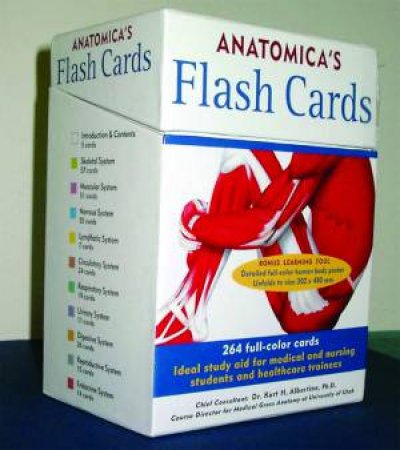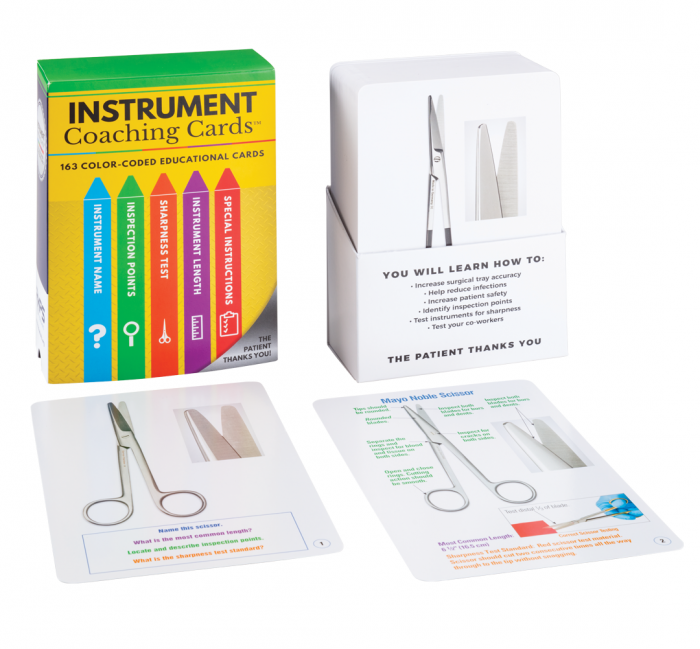
MEDICAL TERMINOLOGY - CHAPTERS IN BOOKS
 Anatomica's flash cards (2006)
264 flash cards.
Introduction & contents (5 cards) -- Skeletal system (57 cards) -- Muscular system (51 cards) -- Nervous system (35 cards) -- Lymphatic system (7 cards) -- Circulatory system (24 cards) -- Respiratory system (19 cards) -- Urinary system (11 cards) -- Digestive system (26 cards) -- Reproductive system (15 cards) -- Endocrine system (14 cards).
Anatomica's flash cards (2006)
264 flash cards.
Introduction & contents (5 cards) -- Skeletal system (57 cards) -- Muscular system (51 cards) -- Nervous system (35 cards) -- Lymphatic system (7 cards) -- Circulatory system (24 cards) -- Respiratory system (19 cards) -- Urinary system (11 cards) -- Digestive system (26 cards) -- Reproductive system (15 cards) -- Endocrine system (14 cards).
 Instrument coaching cards Flash cards (2020)
163 flash cards : double sided, color ; 19 x 13 cm.
Instrument coaching cards Flash cards (2020)
163 flash cards : double sided, color ; 19 x 13 cm.